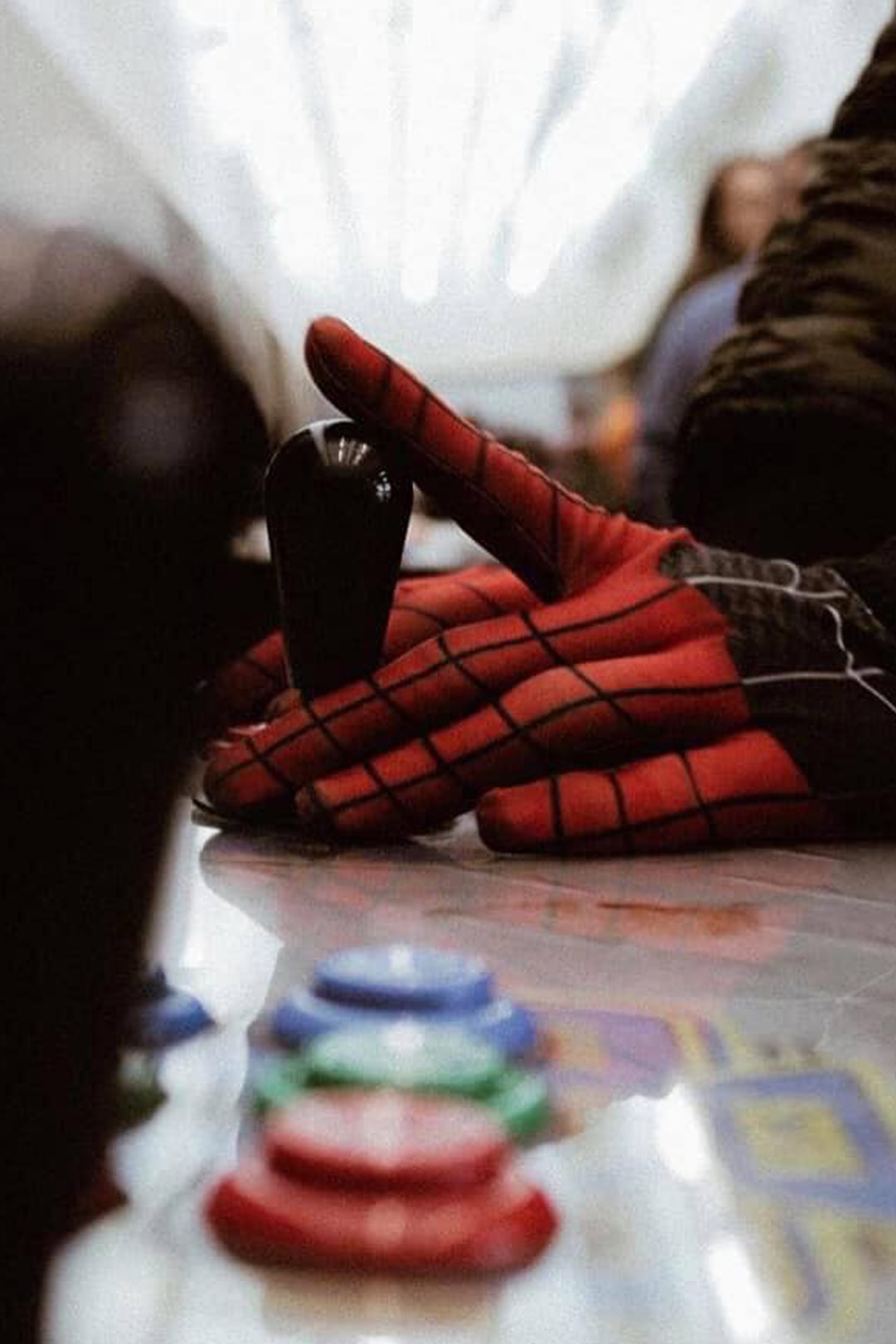The Role of Gender Representation in Video Games: Progress and Challenges
Video games have become an integral part of modern entertainment, captivating millions of players worldwide. With their immersive worlds and interactive gameplay, video games hold the power to shape attitudes, beliefs, and perceptions. One crucial aspect that has gained significant attention in recent years is the representation of gender within these virtual realms. While progress has been made in promoting gender diversity, challenges persist in achieving accurate and inclusive portrayals.
In the early days of gaming, gender representation was heavily skewed towards male characters. Video games predominantly featured male protagonists, often portraying them as muscular, tough, and heroic. Female characters, on the other hand, were usually relegated to supporting roles, presented as highly sexualized objects of desire or damsels in distress. This perpetuated harmful stereotypes and reinforced the notion that women had limited agency and importance within the gaming landscape.
Over time, awareness of the need for balanced gender representation in video games grew. Developers, players, and critics alike began advocating for more diverse and empowering portrayals of both male and female characters. This shift gave rise to a new wave of games featuring strong and complex female protagonists, such as Lara Croft in the Tomb Raider series and Aloy in Horizon Zero Dawn. These characters showcased resilience, intelligence, and defined their own narratives, offering a refreshing departure from traditional gender tropes.
Progress in gender representation has also extended to the inclusion of LGBTQ+ characters in video games. Games like The Last of Us: Left Behind and Life is Strange put a spotlight on queer relationships and experiences, fostering greater acceptance and understanding in the gaming community. By featuring diverse characters, games now have the potential to authentically reflect the real-world diversity present in society, allowing players to connect with characters who share their own identities and experiences.
However, challenges persist in achieving full gender representation in the gaming industry. Despite the growth of female gamers, women still face significant barriers in game development and design. According to a study by the International Game Developers Association, women occupy only 22% of game development roles, highlighting a stark gender imbalance within the industry. This imbalance impacts the content and perspectives presented in video games, perpetuating gender biases and limiting the range of experiences portrayed.
Moreover, issues of representation continue to surface in the portrayal of female characters. While progress has been made, instances of sexualized or objectified female characters still persist in many games today. The prevalence of the “male gaze” in game design often reduces women to mere visual objects, catering to a predominantly male audience. This perpetuates harmful stereotypes and hinders the industry’s ability to create truly inclusive and diverse virtual worlds.
To address these challenges, open dialogue and collaboration among developers, players, and critics are crucial. Criticism and feedback from diverse perspectives can help creators gain a deeper understanding of the impact their representations have on players. Initiatives like the “Women in Games” movement and organizations that advocate for diversity, such as the Games and Online Harassment Hotline, have been instrumental in providing support, resources, and mentorship opportunities for underrepresented groups in the industry.
Additionally, increased representation of women and other marginalized groups in game development can lead to more authentic and nuanced portrayals. By diversifying the perspectives behind the scenes, developers can challenge existing stereotypes and push for greater inclusivity within their games. Companies like Naughty Dog, Guerrilla Games, and CD Projekt Red have made notable efforts in this direction, recruiting more women and promoting diversity within their teams.
In conclusion, the representation of gender in video games has come a long way, with progress in showcasing diverse and empowering characters. However, challenges such as gender imbalance in the gaming industry and the persistence of harmful stereotypes continue to hinder full gender representation. By fostering open dialogue, encouraging diversity in development teams, and striving for inclusive portrayals, the gaming industry can continue to make strides towards creating more accurate and representative virtual worlds. It is essential for game developers, players, and critics to work together in shaping a gaming landscape that truly reflects the diverse tapestry of society, breaking down barriers and ensuring equal opportunities for all.

